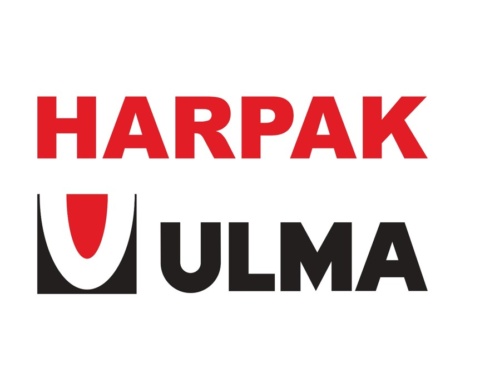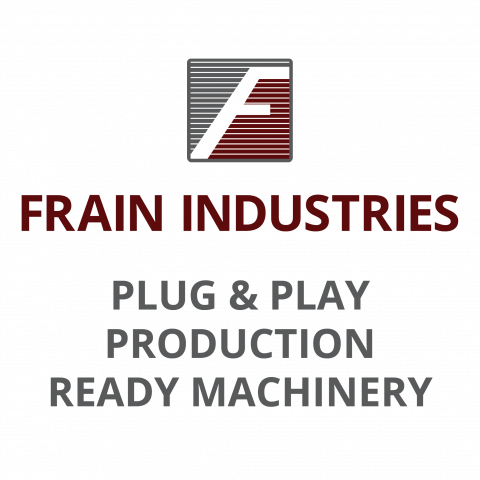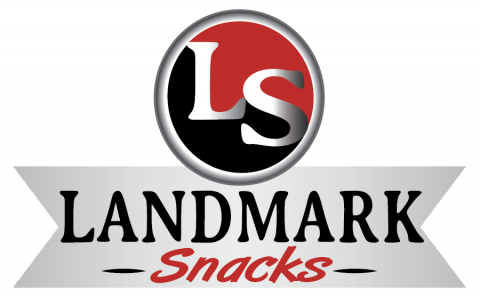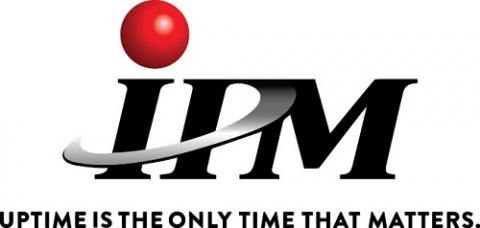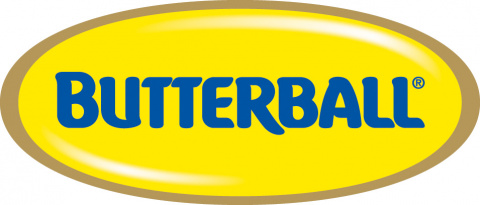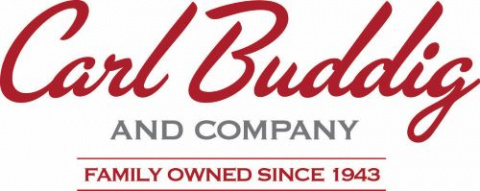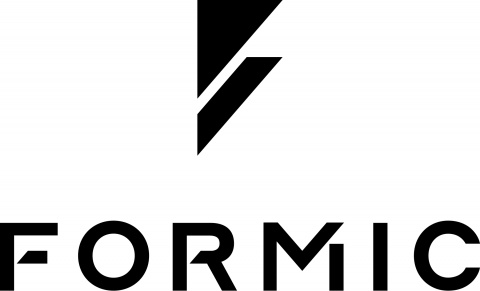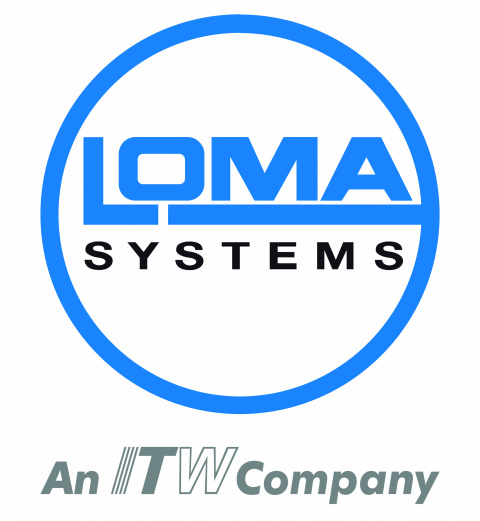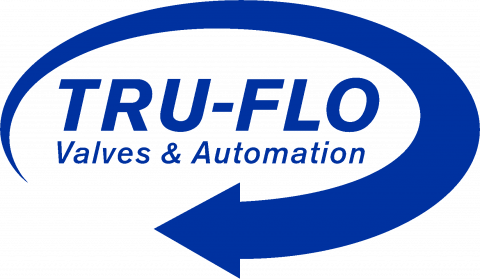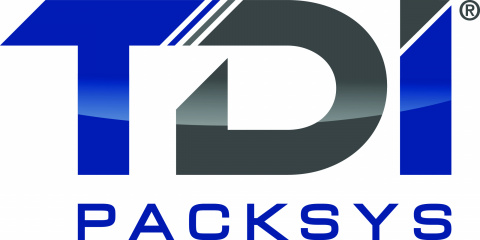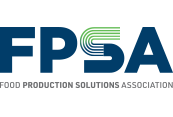

Tariff News Tracker: Essential Updates for The Food Industry
Stay Ahead of US Tariff Changes Affecting Global Food Production
As your industry association, we understand that navigating international trade complexities isn't your core business—producing quality food products and equipment is. Yet tariff changes can significantly affect your operations, costs, and competitive position overnight. We've created this resource to help you stay informed about US tariff developments. Our Tariff News Tracker will provide you with timely, relevant updates on trade policies and tariffs that directly impact our industry.
What You'll Find Here
This page brings together critical tariff news from government announcements, industry publications, and trusted news sources. Our specialized filtering ensures you'll see:
- Latest US tariff developments affecting food production worldwide
- Country-specific responses and countermeasures to US tariffs
- Industry-specific impacts on food processing, agriculture, and equipment manufacturing
- Expert analysis on trade policy implications for international food producers
- Time-sensitive updates on changing regulations
- Resource links for deeper understanding of complex tariff issues
Additional Resource: Harmonized Tariff Schedule
The Harmonized Tariff Schedule of the United States (HTS) sets out the tariff rates and statistical categories for all merchandise imported into the United States. The HTS is based on the international Harmonized System, which is the global system of nomenclature applied to most world trade in goods.
Latest in Tariff News:
-
Calbee acquires majority stake in tofu business Hodo
by Eszter Racz on September 12, 2025 at 5:23 pm
Japan’s snack group Calbee has acquired a majority stake of 58% in US-based tofu-maker Hodo to accelerate its "health" business. The post Calbee acquires majority stake in tofu business Hodo appeared first on Just Food.
-
USDA forecasts record corn area and exports amid changing global outlook
on September 12, 2025 at 4:52 pm
Wheat exports increase while soybean prices drop in September supply and demand report.
-
Biscuit International staff on strike in France
by Dean Best on September 12, 2025 at 4:21 pm
Employees at a Biscuit International factory in France are on strike for a second day amid complaints over working conditions. The post Biscuit International staff on strike in France appeared first on Just Food.
-
ReposiTrak adds cheese suppliers to traceability network
on September 12, 2025 at 4:04 pm
This summer, the company added 30 domestic and imported cheese purveyors to the ReposiTrak Traceability Network (RTN).
-
ReposiTrak adds cheese suppliers to traceability network
on September 12, 2025 at 4:04 pm
This summer, the company added 30 domestic and imported cheese purveyors to the ReposiTrak Traceability Network (RTN).
-
Kroger looking to cut costs with closures, layoffs
on September 12, 2025 at 3:50 pm
CEO cites review of non-core assets in reporting Q2 results.
-
Sofina Foods plant restarts after legionnaires’ shutdown
by Dean Best on September 12, 2025 at 3:16 pm
A Sofina Foods factory linked to a fatal legionnaires’ outbreak in Canada has re-opened, with a class-action suit against the protein group prepared. The post Sofina Foods plant restarts after legionnaires’ shutdown appeared first on Just Food.
-
Comfort is fueling flavor trends
on September 12, 2025 at 3:00 pm
Associating flavors with experiences is evolving into a powerful trend.
-
Slideshow: New menu items from Subway, Starbucks and Panera Bread
on September 12, 2025 at 2:54 pm
Menu introductions tapping into consumer interest in protein, convenience.
-
Mars, PepsiCo and ADM join forces to advance ag-tech
by Donna Eastlake on September 12, 2025 at 2:21 pm
Mars, PepsiCo, and ADM are teaming up to help farmers adopt regenerative agriculture. The initiative supports sustainable wheat and rapeseed cultivation for brands like Whiskas, Lay’s, and Doritos, aiming to improve soil health, reduce emissions, and boost farm resilience. Farmers will receive training, technical support, and financial incentives for climate-smart practices.
